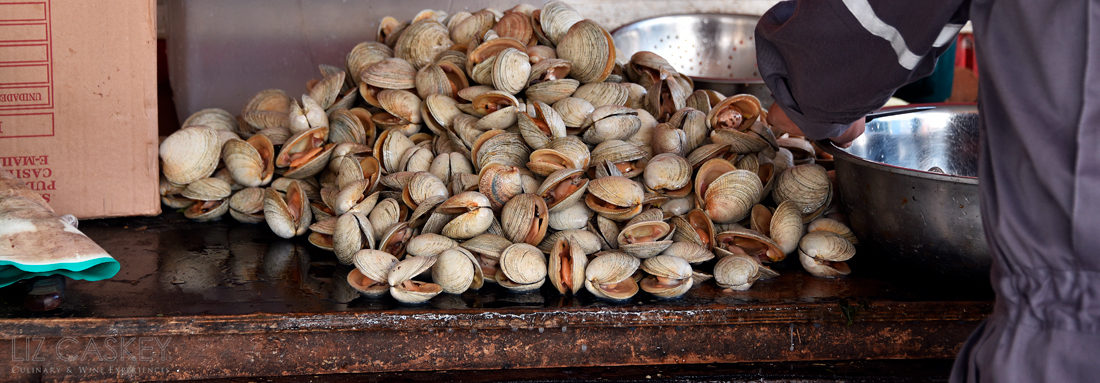
It seems that most wine buffs are obsessed with how long a wine can, and should, be aged. Will it taste better? Will those tannins round out? Will it turn into hidden gold? For those collecting as a commodity, will it become so valuable that I resell it to buy more wine futures? Etc. Etc. Well, as I have polled many winemaker friends, one thing is certain: pinpointing a wine’s evolution not a science–far from it. The only way to really know when a wine “peaks”, assuming your palate is trained and can distinguish a well-evolved wine from one well on its way to being expensive vinegar, is through constant, consistent testing/tasting of the same vintage. And even in this equation, a specific bottle can cause confusing, different results. Remember, corks are not foolproof and the key “organic” material that let’s a wine breathe, age.
On my 2005 trip to Bordeaux, I was privileged enough to taste some vintages older than my own existence. Leathery, velvety, subtle, different. Instead of my usual game of trying to extrapolate how a wine would taste in 10 or 20 years, I tried to work backwords and wondered how it was at its birth. How fun would it be to find a wine and taste it ever year, experiencing it in its “peak”!
Shortly after, I got my wish. Just about the time I was really wanting to put this concept to the test, I came across a great terroir wine–earthy, aromatic Cabernet Sauvignon from the micro appellation of the Maipo Valley known as Quebrada de Macul where cassis and menthol notes dominate the nose followed by bright acidity and soft tannins. It was love at first sip and the former grande reserve of Aquitania winery, the Chilean pet project of French wine powerhouses Bruno Prats (Chateau Cos D’Estournel) and Paul Pontallier (Chateau Margaux) along with Ghislain de Montgalfier (Bollinger) and Chilean partner, Felipe de Solminihac. The winery had stopped making Paul Bruno in 2000 to focus on other wines so their stock was coming from their collection.
Paul Bruno Cabernet Sauvignon 2000 quickly became our house wine–a great price (US$16/bottle) and such finesse. In a country of 14.5% wine fruit bombs, it was a tiny refuge of what I loved about French wines (balance, low alcohol, expression)–but from Chilean soil. We brough it into our cav and lives and drank it for over three years. It just kept getting better and better–longer, more complex, delicious.
Then this past May, for a big party for my husband’s art inauguration, I ordered a case for the festivities. We cracked open a bottle in anticipation and something tasted off. It wasn’t the feared Brett; it wasn’t corked. It wasn’t oxidized. It was flat. It was like the life force had been sucked out of it. All that vivacity was gone. “Okay, maybe it’s me” (you never know). So we tried another; and another. By the fifth bottle, I picked up the phone and called the winery to give them the bad news. “Yes”, I said, “we have several wine cadeavors”. They were understanding and took them back and replaced the case with another line.
I was seriously bummed!! I had to bid farewell to Paul Bruno. As I mourned its final days, I realized it was essentially the best practical lesson I had ever learned about when a wine “peaks”; when that curve finally comes down.
So in the vain of all eulogies, here are my parting words (as Irving Berling once wrote): “The song has ended, but the melody lingers on”…so perhaps here “The wine has ended but the taste will linger on…”












